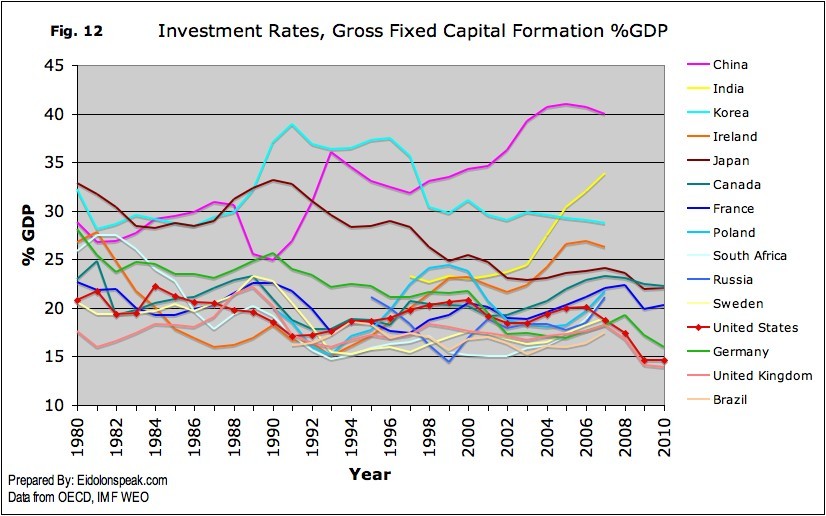Understanding BRIC Investments
Post on: 16 Март, 2015 No Comment

Emerging markets used to be the term given to those up-and-coming frontier nations with economic growth that translated into explosive returns for investors. Then came BRIC. an acronym coined by Goldman Sachs in 2001 for Brazil, Russia, India and China — four countries that, in 2009, accounted for a full 40% of the world’s population and an estimated 25% of its GDP.
These four countries have since been understood as a sort of second-tier investment prerogative, after the developed markets of the west. But they’re not an investing slam-dunk by any stretch. Investors still have to know where and how to allocate their emerging market assets – and they have to be fully aware of the risks. (Check out Forging Frontier Markets for more.)
What Exactly is BRIC?
- Brazil has the largest economy in Latin America and is a major energy exporter; in fact, the country’s market rises and falls to a great degree with the fortunes of the oil market. Recent finds in the Atlantic Campos Basin, some 50 miles offshore, have added heft to Brazil’s already voluminous crude exports.
- Russia. too, is long on oil and other commodities. though the rest of its businesses have struggled in the transition from a planned economy to a free market system. Nonetheless, the country has done an enviable job of servicing its foreign debt and building central bank reserves. During the 2000s (the ascension of Vladimir Putin) Russia’s GDP had more than doubled, climbing from 22 nd largest in the world to eighth.
- India has become a global leader in manufacturing and more recently in the service based industries. It’s a wonder how many tech and customer support operations have been outsourced to that country of late. A highly educated, English speaking labor force working at low-wages has contributed to building a vast, new Indian middle class that, for the most part, buys locally.
- China is the biggest BRIC member by both population and GDP. And with foreign reserves approaching $2 trillion in 2009, the country is well positioned to fund all of its business capital costs for years to come. For the better part of the 21 st Century, China has also been the destination of choice for western multinationals keen to build or partner with that government in developing an Asian manufacturing base. (Read Investing In China for more.)
Why is BRIC Important?
Primarily due to demographics, BRIC nations should continue to dominate the emerging market landscape for years to come. Much of these countries’ continued successes, however, will be tied to the prospects of the more established markets of Europe, North America and Japan, where a significant portion of the demand for BRIC products and services resides. Developing strong local demand for those same goods and services will be a crucial part of backstopping any decrease in exports.
That said, growth rates for the BRIC nations could fall from the traditional 5% to 12% they’ve experienced recently, and still remain well above those of the west – maintaining BRIC’s white hot investment status among fund managers and individual investors alike. India’s economy, as an example, was expected to grow by 6% in 2010 while Britain’s was expected to decline by nearly 4% in 2009 and show virtually no growth in 2009/10. On its current growth trajectory, China’s economy is estimated to overtake both Germany and Britain by 2015.














